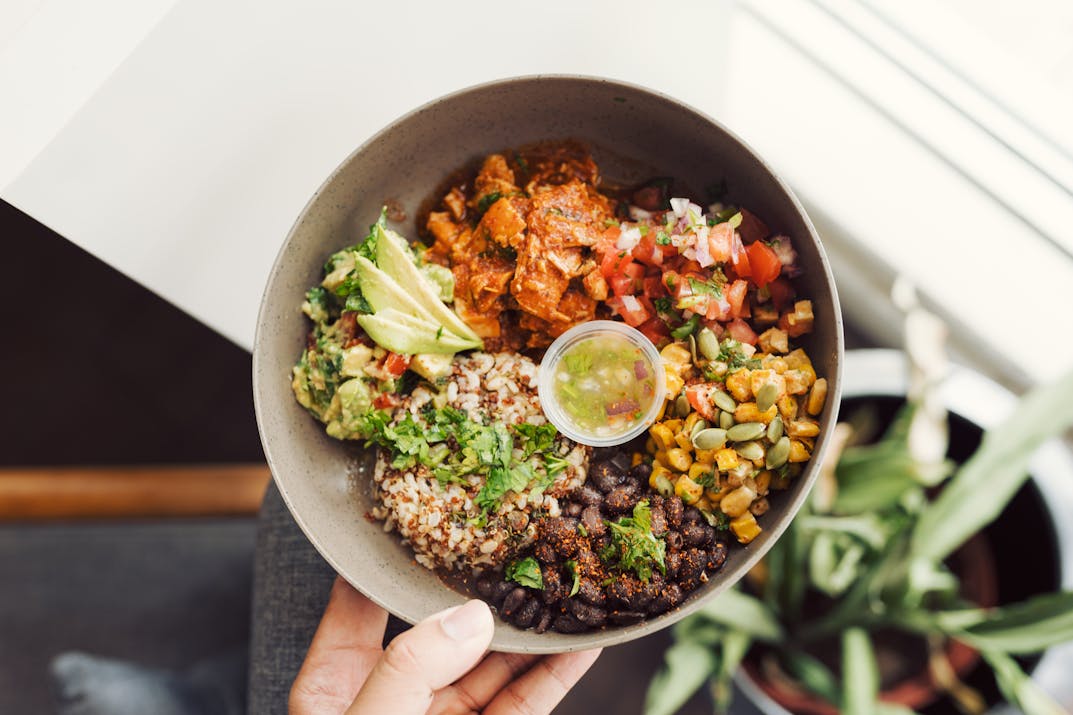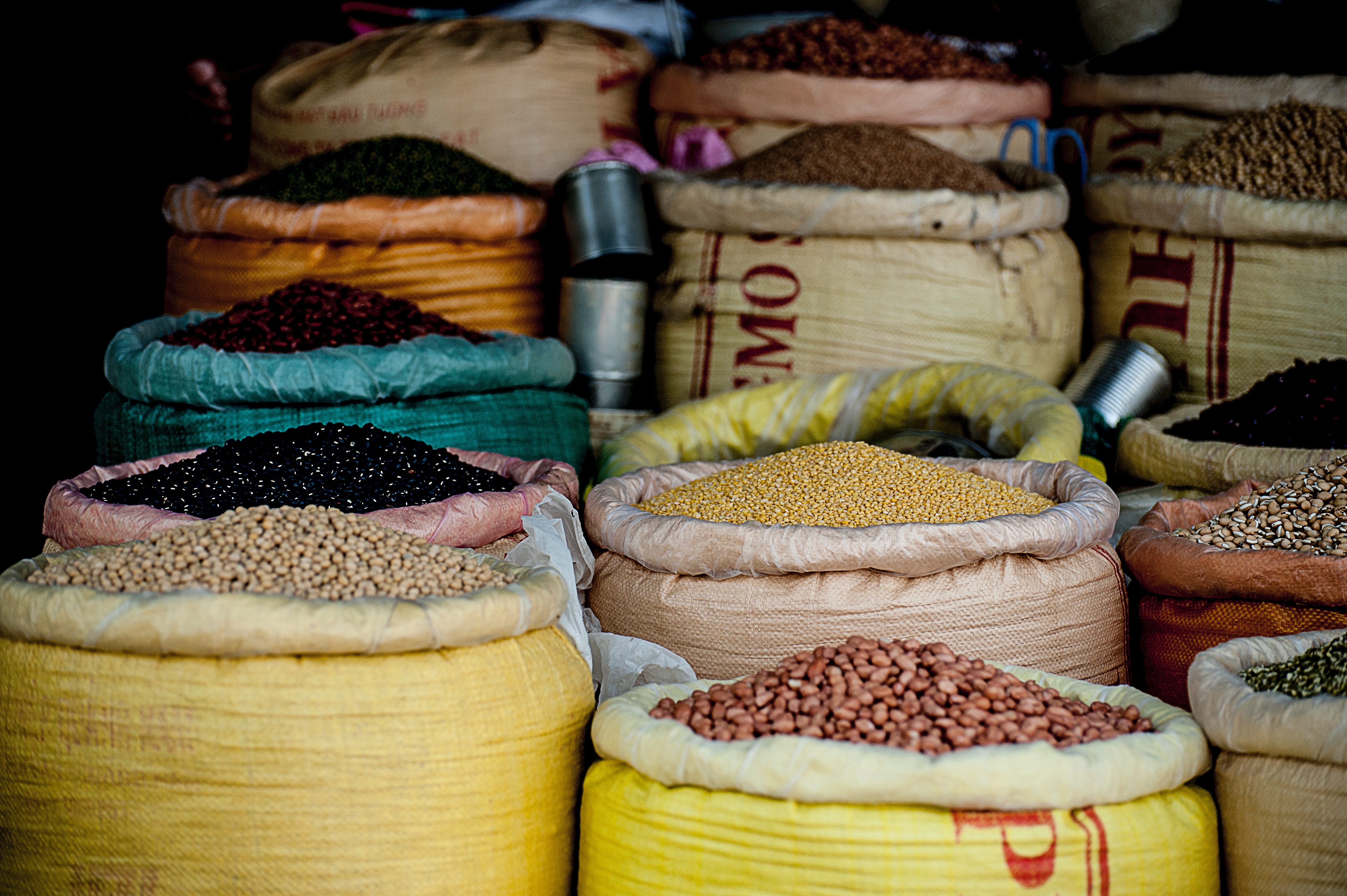Let’s talk a little about FOLATE, the natural form of Folic acid found in REAL FOOD. It’s well known that folate is very important for the developing fetus as it may reduce the risk of birth defects. But really folate does So much more. It acts as a coenzyme and is involved in amino acid metabolism, DNA synthesis and cell division….. Our bodies cannot synthesize folate so we need to make sure we are getting adequate intake from our diets. It’s always better to get nutrients from food, as opposed to supplements, because there are risks involved when we start taking in high doses of synthetic or even natural vitamins. For example, taking excessive amounts of supplementary folate may fuel tumor development. Another concern with folic acid supplements is that it may mask symptoms of vitamin B12 deficiency.
So, here is a list of some good folate sources: Liver, beans, mushrooms, spinach, Brussels sprouts, broccoli, asparagus, turnip and collard greens, peanuts, lentils, strawberries and oranges.
BEANS are a really good source of folate. Here’s the catch though. 50-70% of folate is destroyed in the processing/canning of beans. This means that when you cook your own dried garbanzo (chickpea) beans, you will get 282mcg folate/Cup and 1 C of canned garbanzo beans will give only 161mcg. Now that’s a BIG difference. 282mcg of folate is more than half the RDA for non-pregnant women which is 400mcg/day. How about learning to cook your beans so you can gain the most nutritional value from each bite??
Cooking beans from scratch isn’t difficult. It just takes a little planning ahead of time because beans require soaking. The soaking makes them easier to digest and will help decrease intestinal discomfort sometimes associated with eating beans.
Here are some good websites which can teach you, step by step, how to cook beans.
http://www.whfoods.com/genpage.php?tname=foodspice&dbid=58
http://food.unl.edu/cooking-dry-beans-scratch-can-be-quick


No responses yet